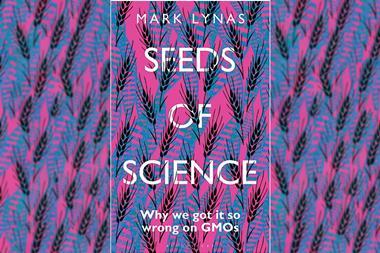Cath Ennis and Oliver Pugh
Icon Books
2017 | 176pp | £7.99
ISBN 9781848318625
Buy this book from Amazon.co.uk

It’s very rare these days that I’ll think wistfully about doing my biochemistry degree, but I really wish I had this book in my final year.
Epigenetics, as the book tells us in its first sentence, is how inherited genes interact with our environment to make us who we are. Introducing epigenetics: a graphic guide starts out with the basics of genetics, and doesn’t assume that the reader has much knowledge on the subject, so that as it moves on the history of epigenetics and more complicated subjects such as DNA modifications and disease, the reader won’t be lost.
It is the latter half of the book that really makes it worth reading, as the discussions of epigenetics in evolution and disease are what make the subject relevant to everyday life. While I appreciate that it was best to outline the basics, I can’t deny that as somebody already familiar with them I found the first part a little dry, and warmed to the book much more as it went onto examples of epigenetics.
The written style is easy to get on with, and the book has an excellent knack for laying out all of the facts plainly without trying to overcomplicate things or patronise. The language doesn’t need to be gimmicky or flashy, as you are already drawn in by the images on each page, which are a healthy mix of figures designed to aid your understanding of the text, and humorous comic strip-style panels.
This book will be an excellent starting point for someone wanting to learn about the interaction of our genes and environment, and the principles of genetics in general. I’d also recommend it to students of biomolecular sciences who would like things laid out a little more plainly, and with a little more personality, than the average textbook.












No comments yet